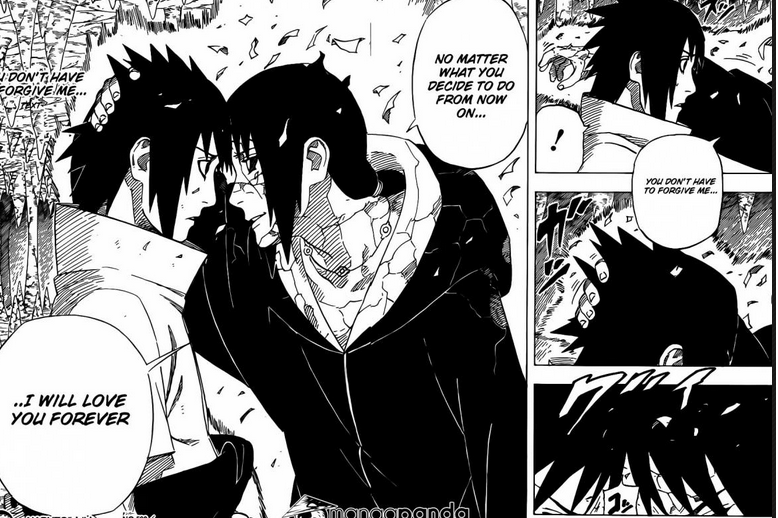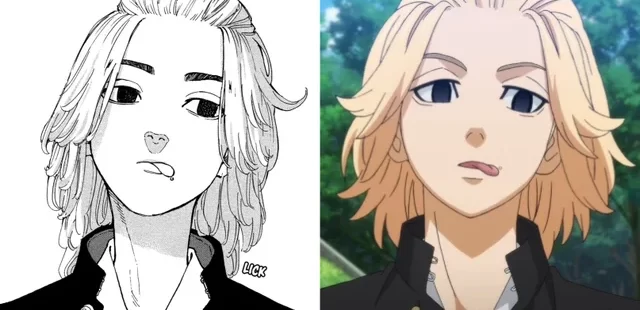What is Manga?
Manga is a term used in Japan for comics or graphic novels. Most manga conform to a style developed in Japan in the late 19th century, and the form has a long prehistory in earlier Japanese art.
In Japan, manga are typically released on a monthly or a weekly chapter-by-chapter basis through manga magazines such as Weekly Shōnen Jump, (which has been in circulation since 1968). If a series is popular enough, its chapters are then collected and published into volumes called tankōbon volumes, which usually feature a few chapters of the overall story.
Most manga series are long-running and can span multiple volumes. This is something to keep in mind when starting a new series as it is imperative you read the volumes in the correct order. This might be easier for small series, such as Sailor Moon, which only has about 12 volumes, versus longer-running series such as Dragon Ball, which has 42 volumes.
History
Although modern manga came to be amid an expansion of artistic creativity during the US occupation of Japan between 1945 and 1952, their origins can be traced centuries back. What many believed were the very first manga in Japan appeared in the 12th and 13th century, in a series of drawings like frogs and rabbits titled Choju-giga (Scrolls of Frolicking Animals) produced by several artists.
In fact, their technique of drawing a characters’ legs to simulate running was adopted by many manga-ka (manga makers and comic book artists) working today.
During the Edo Period (1603-1867), another book of drawings, Toba Ehon, embedded the concept of manga, yet the term itself was first used in 1798, to describe the picture book Shiji no Yukikai (Four Seasons) by Santō Kyōden. In 1814, it showed up again, as the title of Aikawa Mina’s Manga hyakujo and the celebrated Hokusai Manga books of drawings by the famous ukiyo-e artist Hokusai.
Regardless of its source, an explosion of artistic creativity occurred in the post-war period, involving manga artists such as Osamu Tezuka (Astro Boy) and Machiko Hasegawa (Sazae-san). Astro Boy quickly became (and remains) immensely popular in Japan and elsewhere, and the anime adaptation of Sazae-san drew more viewers than any other anime on Japanese television in 2011.
Style

Unlike American comic books, which are usually printed in full colour, Japanese manga are almost always published in black and white. Full-color prints are often only used for special releases.
Japanese manga is read right-to-left rather than left-to-right, which is the norm for English language publications. This can take some getting used to if you have only ever read English publications, but you will hardly notice once you’ve practiced enough.
Manga vs anime

To put it simply, manga is the comic counterpart to anime. If a manga is popular enough, it could get an anime adaptation – this being either a series or a film.
